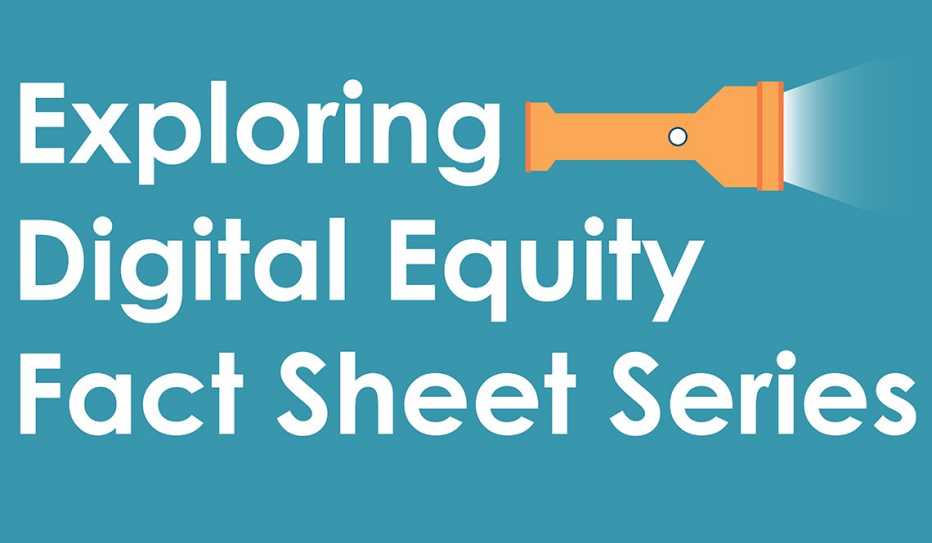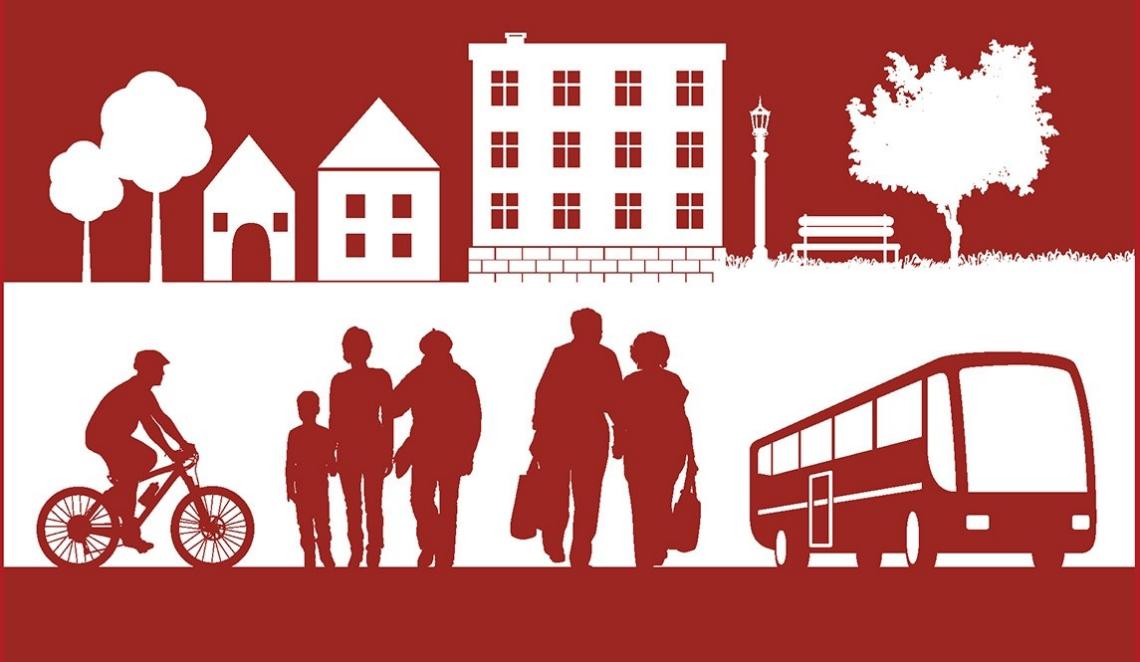AARP Hearing Center
Much like electricity and running water, internet access has become a basic necessity of modern life. But there is a stark contrast between the availability of high-speed internet service (also known as broadband) in urban versus rural areas. At least 20 percent of people living in rural areas of the United States still do not have access to broadband.


According to a report published by Older Adults Technology Services (OATS) from AARP's Aging Connected initiative, more than 21 million people age 65 or older in the U.S. lack broadband access at home. Seniors in rural areas are 1.6 times more likely than others their age to lack such access.
Created by the Institute for Local Self-Reliance (ILSR) with support from AARP, the Exploring Digital Equity Fact-Sheet Series consists of six PDF briefs. The reports examine the challenges still faced by millions of people — of all ages — in need of a reliable, effective and affordable way to get online.
The following fact sheets can be downloaded from ILSR:
- What is Broadband? addresses the basics of internet access, defining key terms, technologies and uses
- Broadband Access Challenges tackles high-speed internet infrastructure, affordability and adoption issues
- Broadband Affordability Challenges explores the financial obstacles facing unconnected households
- Broadband Availability Challenges dives into why some households have access to the fastest internet infrastructure while others languish on slower connections, and millions of households still lack basic connections at all
- Key Digital Skills for Broadband examines the challenges in making sure that everyone who wants to use the internet has the skills to do so
- Expanding Device Availability for Broadband charts the connection between broadband adoption, access and device use
Related Resources
From ILSR: Community Networks
From OATS: Aging Connected: Exposing the Hidden Connectivity Crisis for Older Adults
Learn more by visiting the AARP Livable Communities A-Z Archives for more about Broadband and Rural Livability
Page published April 2022

































































